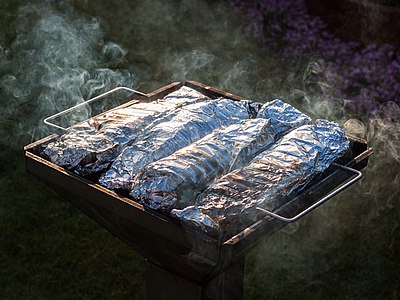User:Ram-Man/Overexposure vs. Clipping
In reviews on Commons:Quality images candidates, it is common to see rejections based on overexposure, blown highlights, or clipping. These are not necessarily the same thing and can create some confusion. This is a guide to explain the differences. Reviewers may evaluate the following conditions differently. Some may find them acceptable, some may not.
The above image on the left is overexposed, there is clipping in the histogram, and it has blown highlights. It represents all of the possible problems. Notice how in the right example the sky colors are accurate and more uniform. There is no clipping in the right image.
The above image on the left shows the same kind of blue sky color shifts, although there is no clipping in the histogram. Overexposed without clipping is still overexposure and may still be the reason for a rejection.
This picture has some clipping in tips of the white frost. This is often considered acceptable since snow is bright. This is clipping without overexposure. The exposure is exactly what the photographer wanted: side lighting with strong detailed shadows and bright contrasty snow.
This picture has blown highlights in the reflections, but these are part of the subject matter. Technically there is no clipping on this image, but the highlights are right up against the limit.
This is another case where blown highlights and clipping (the reflection of the sun off the skyscraper) are part of the scene and considered acceptable.
The above image has a bright white background, but this is not considered overexposed. The transition of the background from grey to pure white is intentional.
The above image is actually technically underexposed, "clipping" at the other end, while the bright highlights are actually right up against the limit to be almost technically overexposed. Yet, this is one of the best examples I've seen of using light perfectly. It is perfectly exposed and uses light (rather than detail) to expertly to show the subject.







